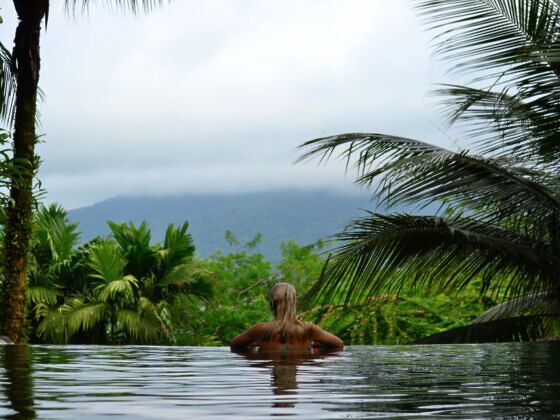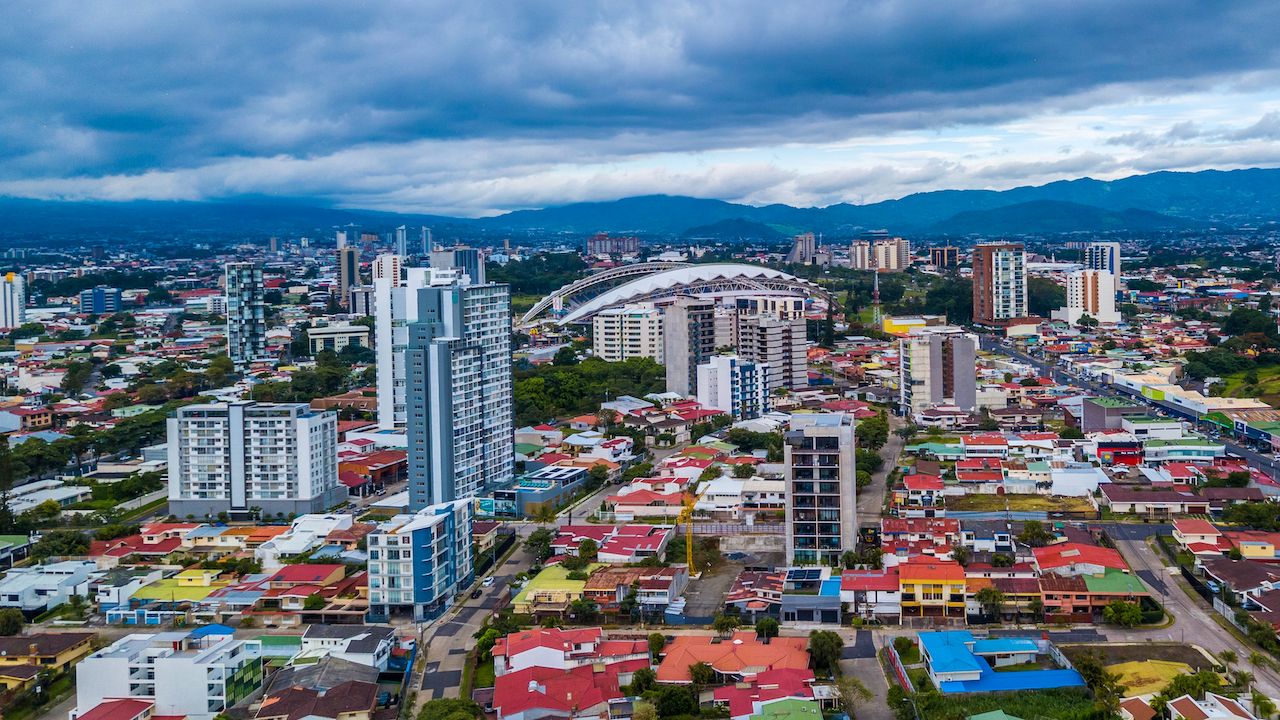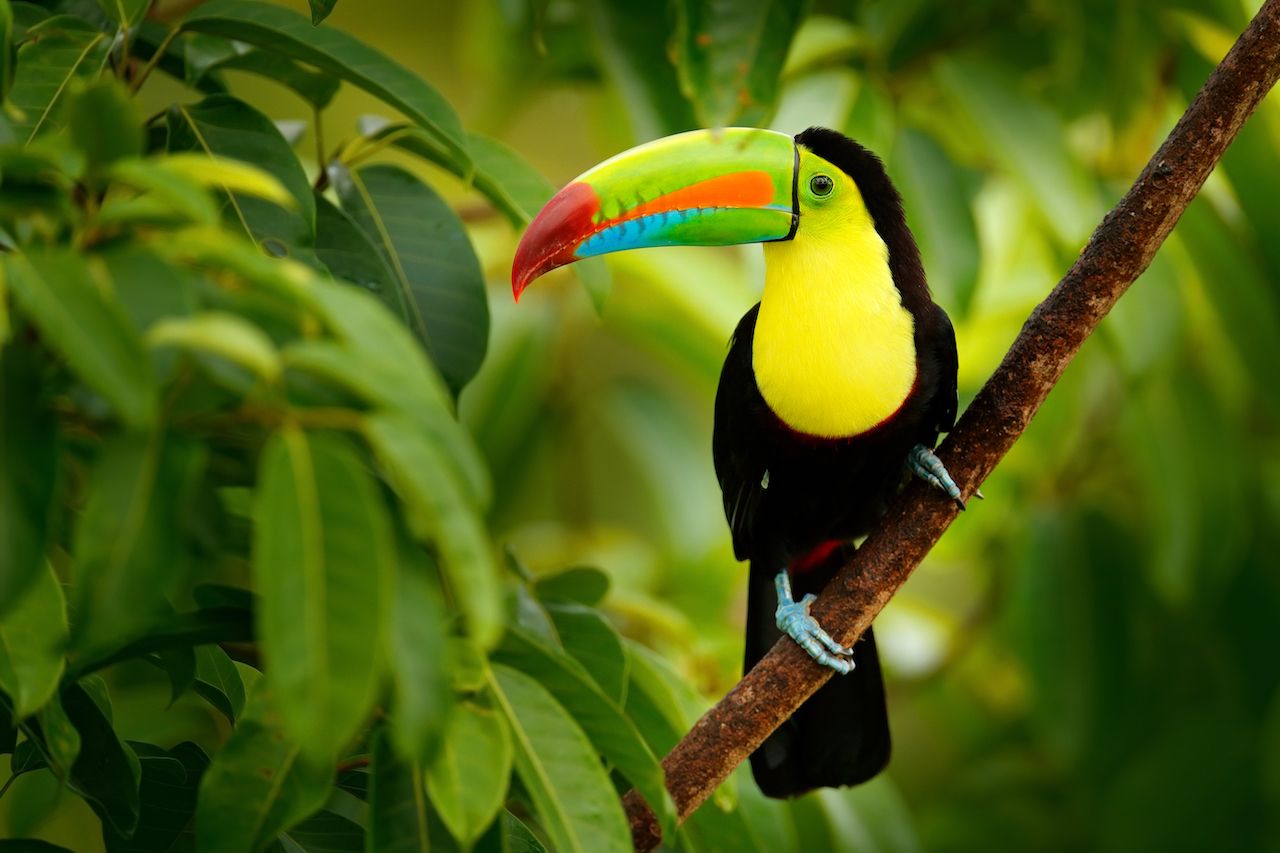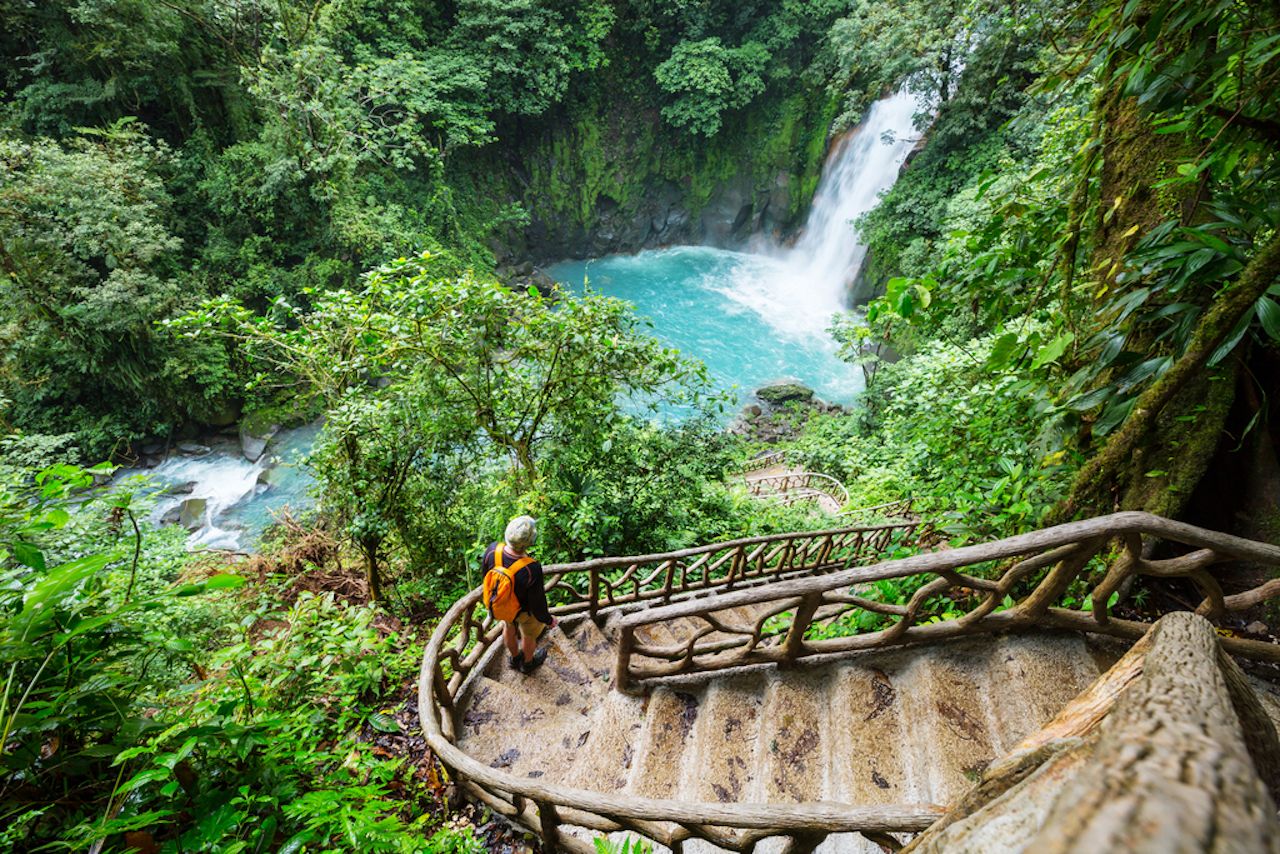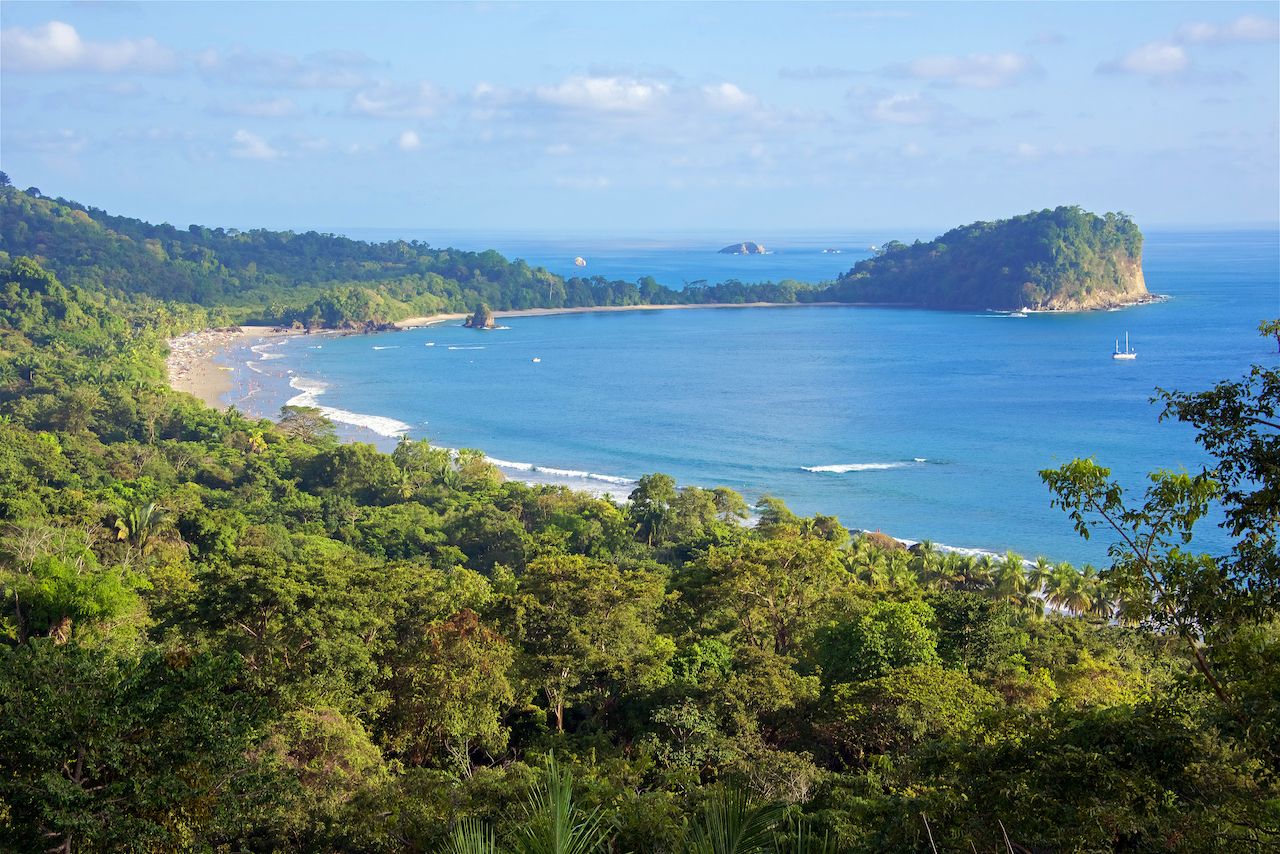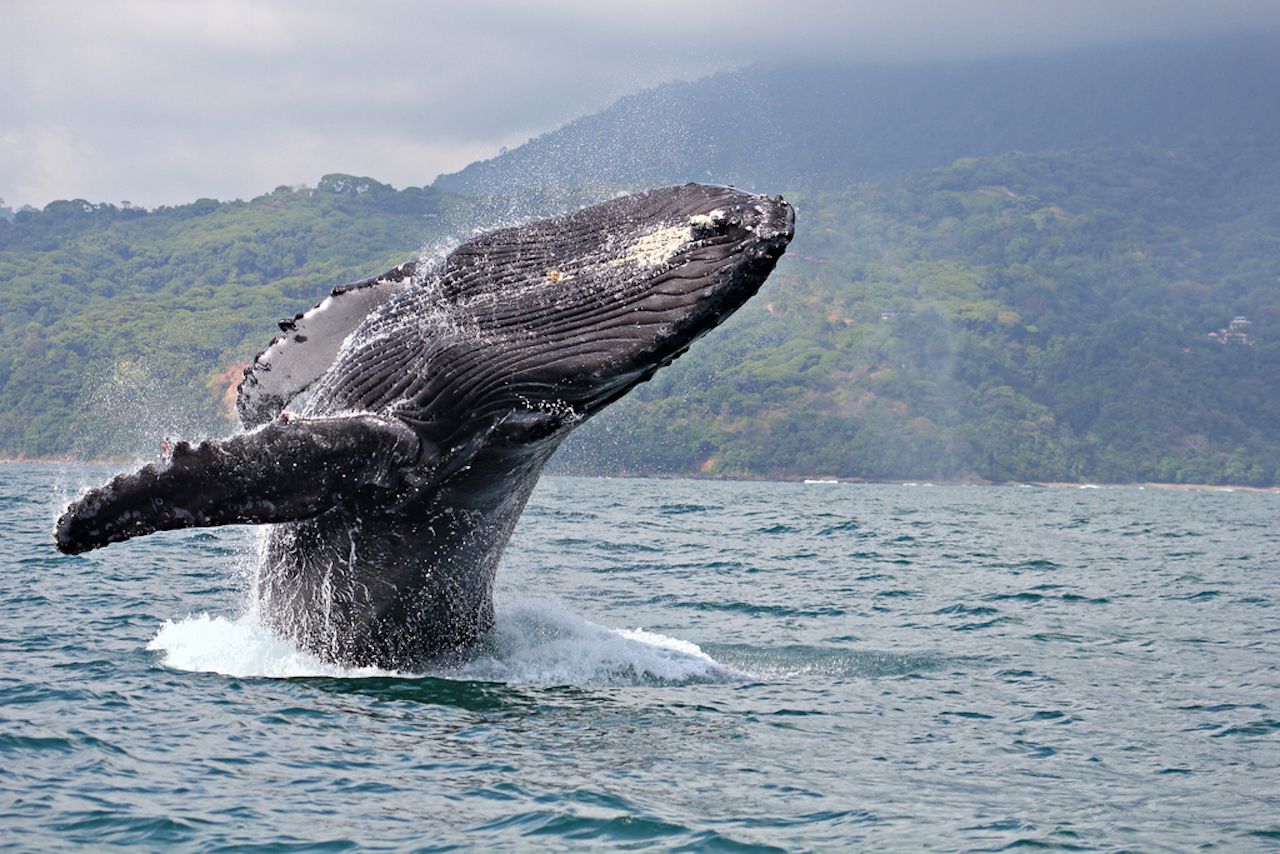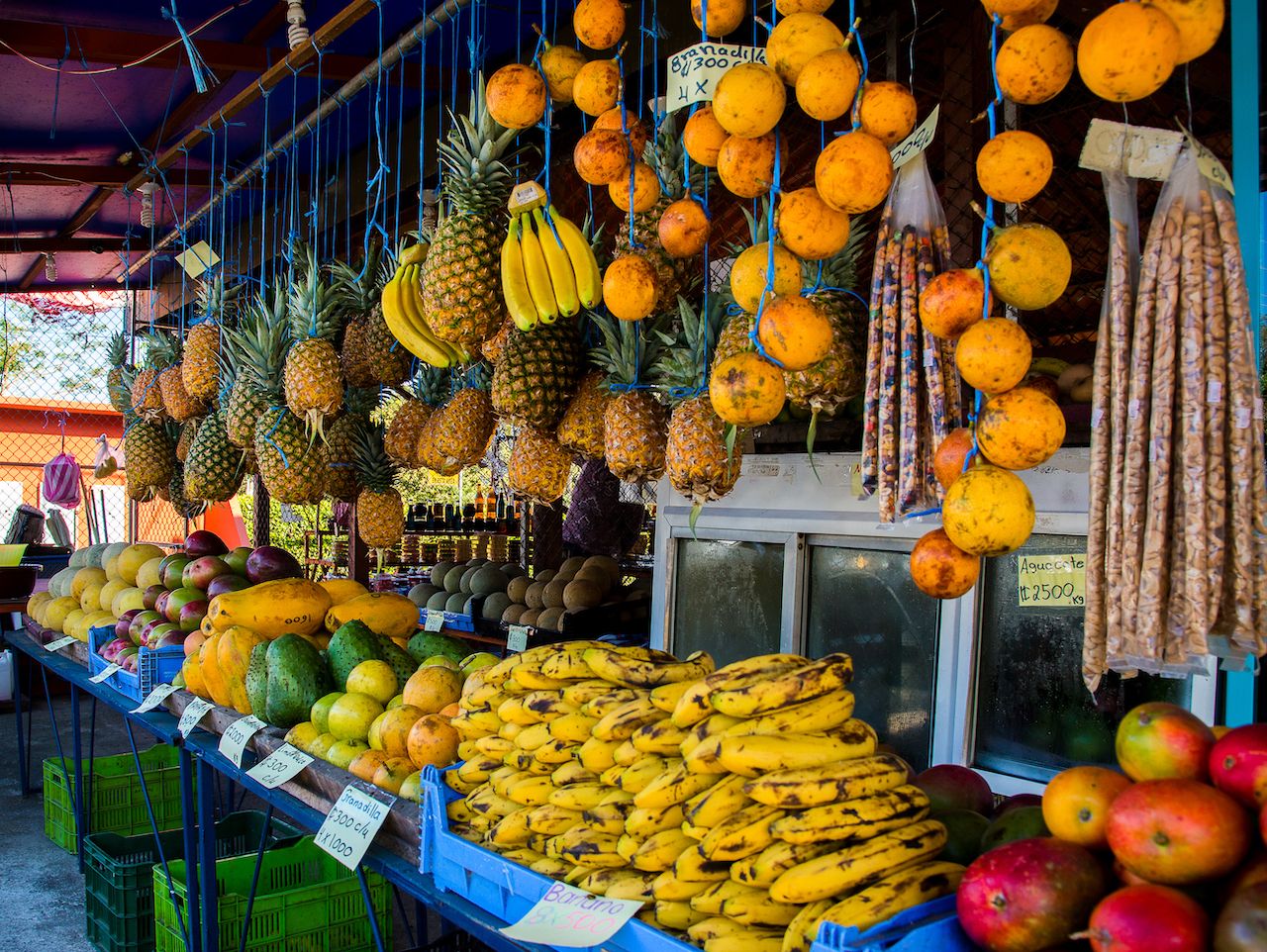The best way to describe Costa Rica to someone who’s never been there might be as a tropical beach paradise mixed with an adventure playground. Oh, and it’s affordable, and possibly the most sustainable and eco-friendly country on the planet.
Sure, surfing some of Central America’s best breaks is one of the most popular activities in Costa Rica for some travelers, but that’s only the beginning of what you’ll find. From active volcanoes and gushing waterfalls to stunning national parks that cover one-quarter of the country (and the greatest biodiversity on the planet), Costa Rica is a nearly unrivaled outdoor destination. Add in hearty local food, bountiful coffee plantations, and warm, welcoming people, and it might just be time to start booking your flights.
